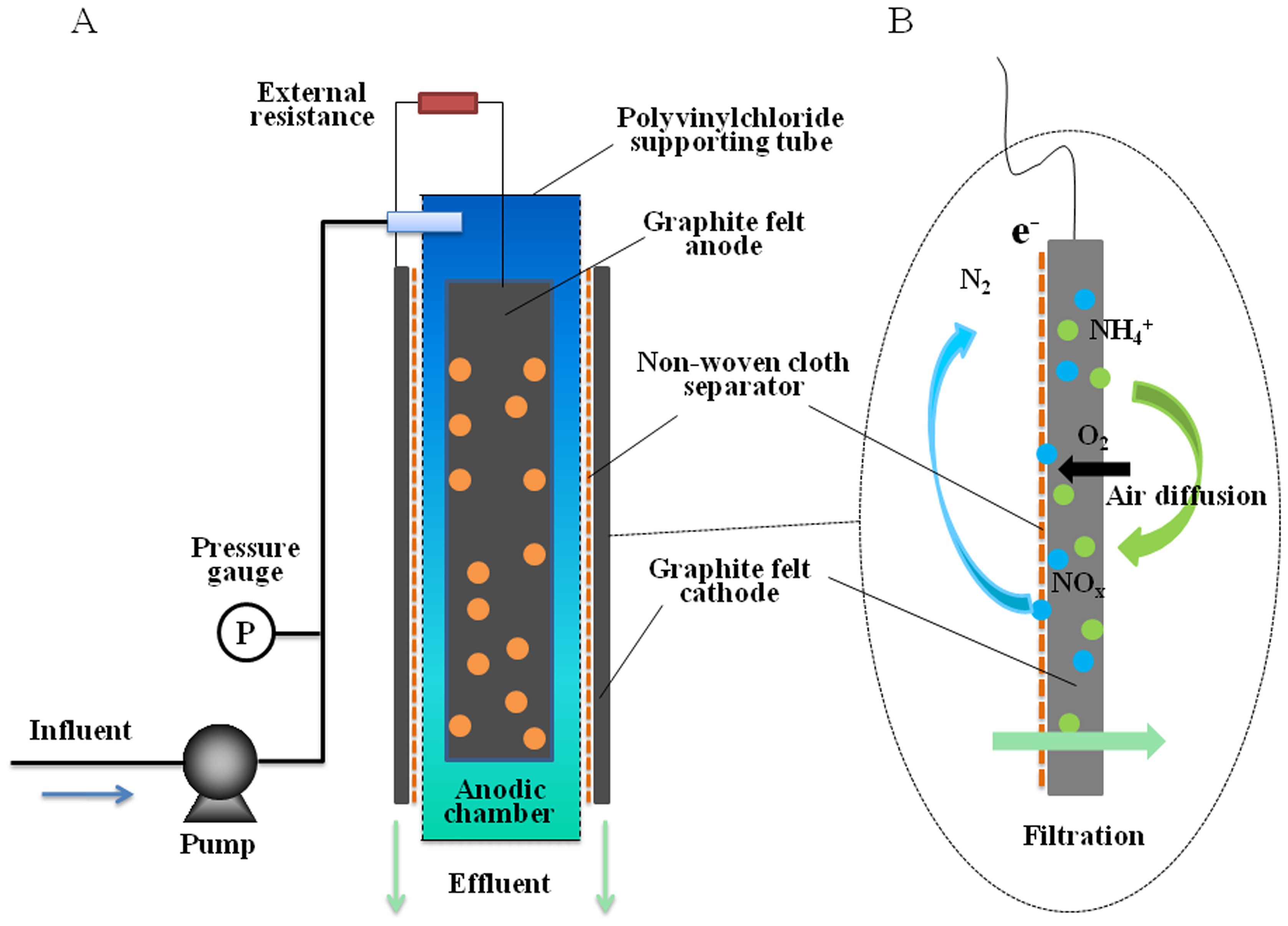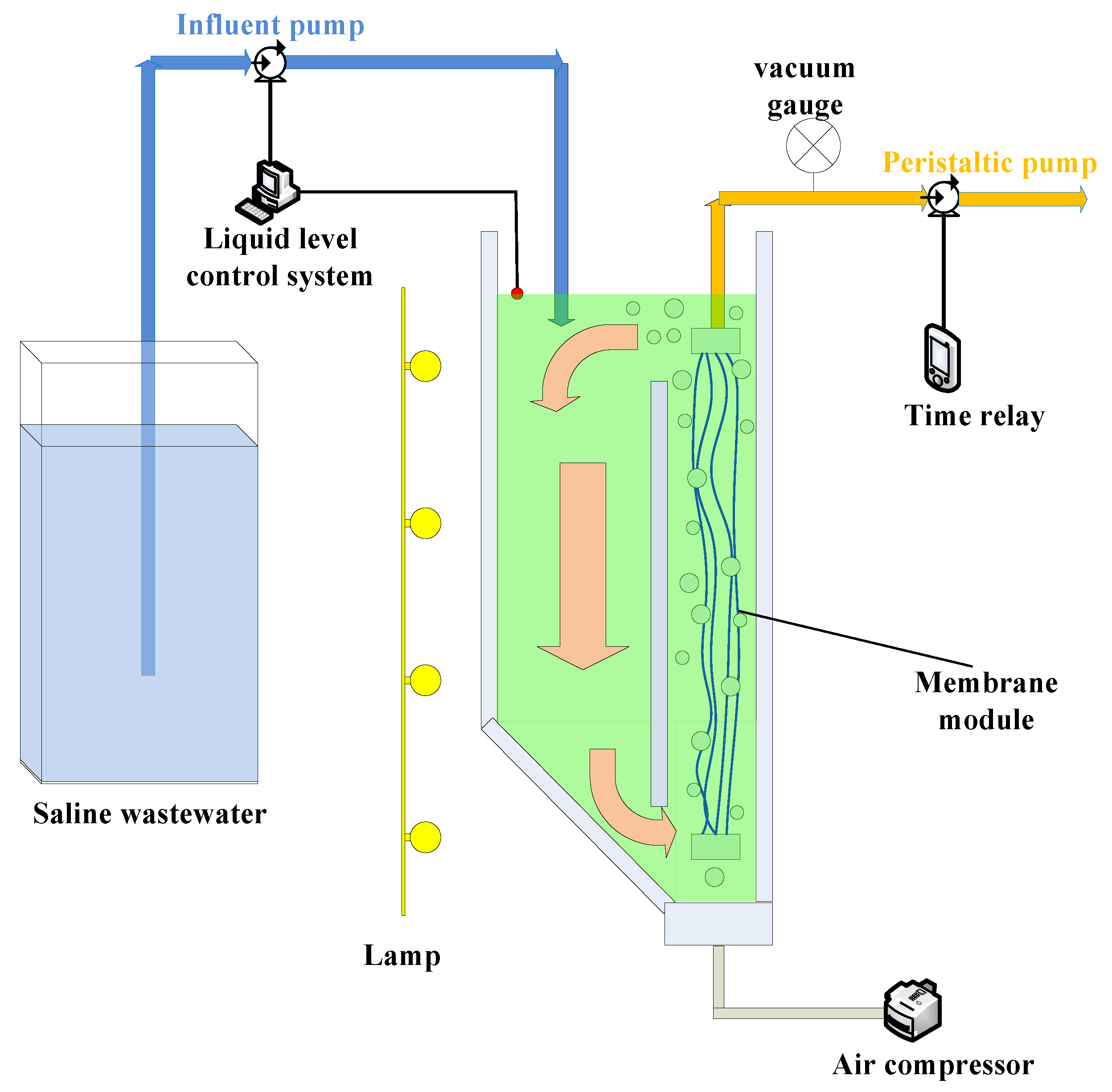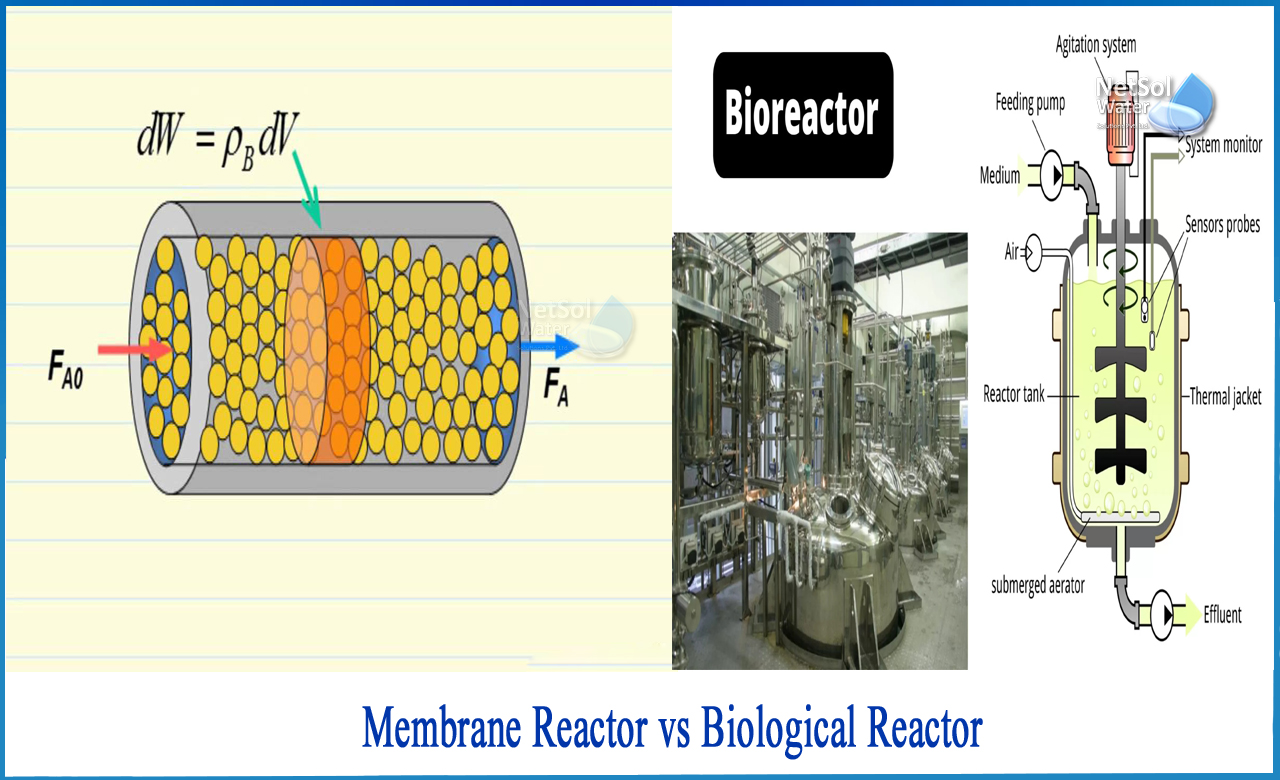How Membrane Bioreactor Can Improve the Quality of Wastewater Treatment
Wiki Article
Just How Membrane Bioreactors Are Reinventing Water Filtration Systems
The emergence of membrane layer bioreactors (MBRs) represents a significant advancement in the field of water purification, combining biological therapy procedures with sophisticated membrane layer filtration modern technologies. This combination not just boosts the high quality of dealt with effluent but additionally addresses metropolitan room restrictions, making MBRs especially appropriate for densely populated locations. As global water shortage intensifies, the duty of MBRs in assisting in safe and clean water reuse and sustainable water administration comes to be increasingly crucial. The ramifications of this innovation expand beyond performance-- what obstacles and chances exist in advance for its prevalent execution?Review of Membrane Layer Bioreactors
Membrane bioreactors (MBRs) stand for a considerable improvement in water purification technology, as they combine organic therapy procedures with membrane layer filtering. This integration enhances the performance of wastewater therapy by using bacteria to deteriorate organic toxins while all at once utilizing semi-permeable membranes to separate cured water from put on hold pathogens and solids.The MBR system typically is composed of an organic reactor where the microbial populace metabolizes pollutants, followed by a membrane layer filtering unit that retains biomass and permits just clean water to travel through. This dual capability leads to higher effluent top quality compared to conventional therapy methods. MBRs can be run in both batch and continual flow settings, providing flexibility in style and application.
They also make it possible for the recuperation of water for reuse, thus contributing to water sustainability efforts. On the whole, MBRs are at the center of enhancing water therapy performance and quality, showcasing the capacity for ingenious services in ecological monitoring.
Benefits of MBR Technology
The integration of biological treatment with membrane layer filtration provides various advantages for water filtration procedures. One of the primary benefits of Membrane Bioreactor (MBR) innovation is its capability to successfully eliminate both natural and inorganic impurities, bring about high-quality effluent. The membrane layers act as a physical barrier, stopping suspended solids and virus from passing through, which improves the general security and reliability of treated water.Additionally, MBR systems require a smaller footprint contrasted to standard therapy techniques, permitting extra reliable room use. This small design is specifically useful in urban settings where land is restricted. MBRs likewise demonstrate functional versatility, suiting differing influent high qualities and flow prices without considerable performance destruction.
In addition, the procedure provides enhanced nutrient elimination abilities, particularly for nitrogen and phosphorus, which are critical for avoiding eutrophication in receiving waters. The lowered sludge manufacturing associated with MBR modern technology likewise translates to lower disposal costs, making it an affordable solution over time - Membrane Bioreactor. In general, the benefits of MBR innovation setting it as a leading choice for lasting and innovative water filtration systems, addressing both ecological and financial problems
Applications in Water Filtration
Applications of Membrane Bioreactor (MBR) modern technology in water filtration are impactful and varied, addressing different therapy needs across numerous sectors. MBRs successfully combine biological therapy procedures with membrane layer filtering, making them excellent for link community wastewater therapy, commercial effluent management, and also safe and clean water reuse initiatives.In local setups, MBRs are progressively employed to improve the top quality of dealt with wastewater, allowing for compliance with rigid discharge guidelines and promoting the recycling of water for watering and non-potable usages. Their compact style likewise makes them appropriate for city settings where room is restricted.
Industrially, MBR modern technology is made use of to treat procedure water and wastewater, specifically in sectors such as food and drink, drugs, and fabrics. By properly removing contaminants and put on hold solids, MBRs aid sectors lessen ecological effects while recuperating useful resources from wastewater streams.
Furthermore, MBRs are acquiring traction in decentralized water therapy applications, where small systems can be released in remote locations or establishing regions. This adaptability makes it possible for neighborhoods to accomplish sustainable water management solutions, boosting accessibility to clean water while reducing dependence on typical therapy approaches.
Instance Research Studies and Success Stories

In an additional instance, a textile production facility in Bangladesh took on MBR innovation to resolve its wastewater difficulties. The system reduced chemical oxygen need (COD) levels from 1,200 mg/L to much less than 100 mg/L, therefore fulfilling regulative standards and dramatically reducing ecological effect.
The College of Cape Town's MBR installment has confirmed effective in dealing with greywater for non-potable reuse on campus. This job not only saves potable water however additionally serves as an instructional model for lasting practices.
Furthermore, a fish and shellfish processing plant in Norway utilized MBR modern technology to deal with effluents consisting of high degrees of organic matter, accomplishing over 90% contaminant removal. These case research studies underscore MBR innovation's convenience and its vital function in boosting water quality across varied applications.
Future of Water Therapy Solutions
As global water scarcity and air pollution challenges increase, cutting-edge water treatment services are ending up being significantly essential to make certain lasting accessibility to clean water. The future of water treatment lies in the assimilation of sophisticated modern technologies that enhance the effectiveness and efficiency of filtration procedures. Membrane layer bioreactors (MBRs) go to the center of this evolution, combining biological treatment with membrane filtration to generate high-quality effluent suitable for various applications.
Arising fads such as source recuperation from wastewater, consisting of nutrients and energy, will further transform therapy centers into environmentally friendly hubs. Furthermore, advancements in nanotechnology and membrane layer products guarantee improved efficiency and longevity of filtration systems.

Final Thought
Their duty in potable water reuse and sustainable water monitoring highlights their importance in attending to international water scarcity difficulties. Proceeded research and advancement will certainly better enhance the effectiveness and fostering of MBR modern technology, guaranteeing a durable future for water therapy remedies.The emergence of membrane bioreactors (MBRs) stands for a significant advancement in the field of water purification, merging organic therapy processes with innovative membrane layer purification technologies. As global water deficiency magnifies, the function of MBRs in assisting in safe and clean water reuse and lasting water monitoring comes to be increasingly crucial. They also enable the recovery of water for reuse, thus contributing to water sustainability initiatives.As global water scarcity and pollution challenges magnify, innovative water treatment solutions are becoming significantly crucial to make certain sustainable access to tidy water. Their role in drinkable water reuse continue reading this and sustainable water management highlights their importance in addressing international water shortage difficulties.
Report this wiki page